 Your Mission
Your Mission …
…
Woodard Bay is a wildlife sanctuary providing essential habitat for shorebirds, harbor seals, river otters, bald eagles, peregrine falcon and a large colony of bats. Discover one of the many animals that makes Woodard Bay its home. Take a photo of one of the habitat features such as the log haul-out-site, rookery, bald eagle nest or the pier where bats make their home and send it to us!
KNOW BEFORE YOU GO
- There are NO PETS ALLOWED
- A Discover Pass is required to park in the trailhead lot. If the lot is full, you may park on the other side of the bridge at the Chehalis Western Trailhead-Woodard Bay RD. From this lot it is a 10-minute walk to the sanctuary trailhead. A pass is not needed to park at the Chehalis Western trailhead.
- Cell coverage isn’t the greatest at Woodard Bay. Print this handy mission checklist before you leave!
![]()
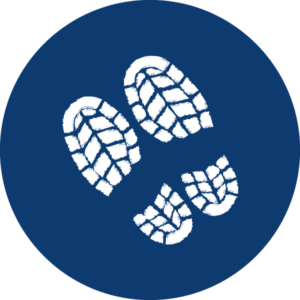 Welcome to Woodard Bay
Welcome to Woodard Bay
Follow the paved road to the water. This 917-acre site protects many habitats, mature second growth forests, wetlands and marine shorelines. Over 12,000 years ago Native American peoples first utilized this area collecting shellfish and berries, fishing for salmon and harvesting cedar bark for clothing and trees for canoes. After European settlement, the site has had a varied history of logging and shellfish farming before it became a conservation area.
![]()
 Tree Observation
Tree Observation
Along the trail seek out large mature trees in the forest.
How many different kinds of trees can you identify?
You may see:
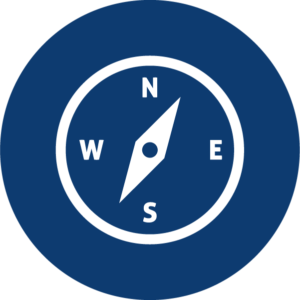

 Loop Trail
Loop Trail
Find the forest loop trailhead. On the left, you will see a loop trail that takes you through second growth mature forests, thick with native shrub understory and over forested wetlands. The upper end of the loop brings you back onto the paved road trail.
Stay on the paved trail or detour through the forest for a meditative forest stroll.
On the forest loop trail what birds you can identify or hear in the deeper woods? Can you identify the downy woodpeckers tapping on the tree trunks to find insects?
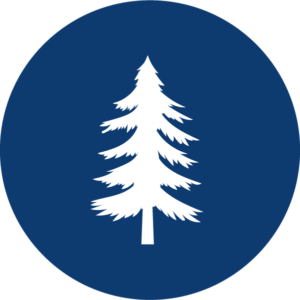 More about Trees
More about Trees
FACT! Most conifer trees don’t reach maturity until they are around 80-90 years old and a Western red cedar tree can live for nearly 1,500 years!
Long after the Western red cedar tree has died, it can stand for several hundred years providing habitat for many animals. Even after it falls to the ground, it can continue providing habitat and nourishment to the forest for several hundred more years.
The Western red cedar tree is not only the longest living but the tree that provides habitat the longest, well over 2,000 years!
Can you think of animals that may use a Western red cedar?
Living and dead trees provide habitat for:
- Nesting for birds: eagles, owls, cormorants, great blue heron, woodpeckers, passerines
- Mammals: bats, rodents, squirrels, skunk, racoon, weasel, fox, coyote, bear, deer
- Amphibians: salamanders
- Reptiles
- Insects

 Bench that Overlooks the Water
Bench that Overlooks the Water
From this location you can look across the water and see part of the very large nesting site of cormorants in the trees along the shore.
This nesting colony of cormorants began about six years ago and has increased to over 800 nests!
Cormorants will move around to different spots selecting safe locations to build their nests. The trees at this nest site appear to be dying as the birds strip the trees of their branches to build their nests. Trees cannot live without branches bringing in nourishment and sunlight.
How many can you count?
![]()
West Shoreline
Take the right fork past the old logging foreman’s office to the west overlook. From here you can view the entire cormorant colony.
Can you hear the squawks of the cormorants?
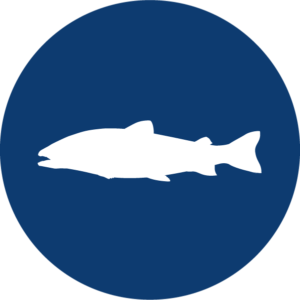
 East Shoreline
East Shoreline
The left fork takes you to the old logging dock. From 1920-1980, this old dock was used for transporting timber. Now it provides habitat for the largest colony of bats known in Washington State.
This colony is mostly Yuma bats and little brown myotis bats and they feed nightly at Capitol Lake. Bats live a long time between 10-20 years and form the largest groups of mammals around the world. Here in South Sound they return from their southern migration in the spring to have their pups then leave again in fall. Scientists are unsure where exactly they migrate to.
Bat facts from around the world

 Log Rafts
Log Rafts
Can you find who sleeps on the logs out in the bay? Can you hear their grumbling and groans? Who are they? Harbor seals!
The harbor seals haul out or rest on the old log rafts after hunting for food. They eat fish and shellfish from the bay. If you are very lucky, later in the summer you may see their pups!
FACT! All marine mammals are protected by the Marine Mammal Protection Act.
Never approach marine mammals on land or sea and always keep a distance of 100 yards (300 feet) away to keep them safe.
 Bird Houses on Pilings
Bird Houses on Pilings
Can you find the bird houses on the pilings?
These are home to the largest swallow in North America, the purple martin! Purple martins have been severely affected by coastal development and urbanization. These swallows are cavity nesting birds. Where trees no longer support nesting, nesting boxes have been installed to help conserve populations, which have been in decline.
To see more purple martin nest boxes visit the East Bay nest boxes off Marine Drive, across from the Hands On Children’s Museum, downtown Olympia or at the Boston Harbor Marina. Interested in opportunities to learn more about these graceful bird? Then join the Stream Team’s summer purple monitoring program!
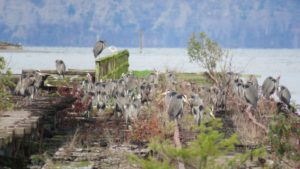
Home to Birds of Prey
Woodard Bay is home to many birds including birds of prey as there are a lot of food sources for many birds along the shore.
Bald eagle nest: Behind you on the northwestern shore, bald eagles have been successfully nesting for over 20 years. Listen, can hear them calling?
Bald eagles prefer to nest in old trees with broken tops and also roost in the branches of dead or large old trees. Their nests are made of sticks and are generally 4-5 feet wide and 2-4 feet deep. They add to their nest every year. Some eagle nests get really big and can reach 10 feet across and weigh a thousand pounds!
FACT! With the ban on the pesticide, DDT, the bald eagle has successfully made a comeback from almost near extinction!
Peregrine falcons: For the past decade, a pair of peregrine falcons have been successfully nesting in the old eagles nest producing 3-4 young a year. peregrine falcons have found a way to be successful with the encroachment of development. They have successfully adapted to being able to nest on many different high structures such as bridges and ledges of buildings. If you are very lucky, you may see one flying from the north making a delivery to their nest. See if you can identify one by their characteristic masked facial markings.
Other large birds
Great blue heron: On the pier and in the northwestern trees, you may see a colony of great blue heron. Some days there are over 50 individuals roosting on the pier!
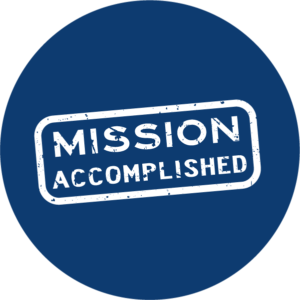 Congratulations!
Congratulations!
You have completed your mission to discover one of the many animals that makes Woodard Bay its home! Don’t forget to login to the Goose Chase App and submit your photo for this mission to collect your park specific sticker!
To return to your car, take the paved path back to the trailhead parking lot.
